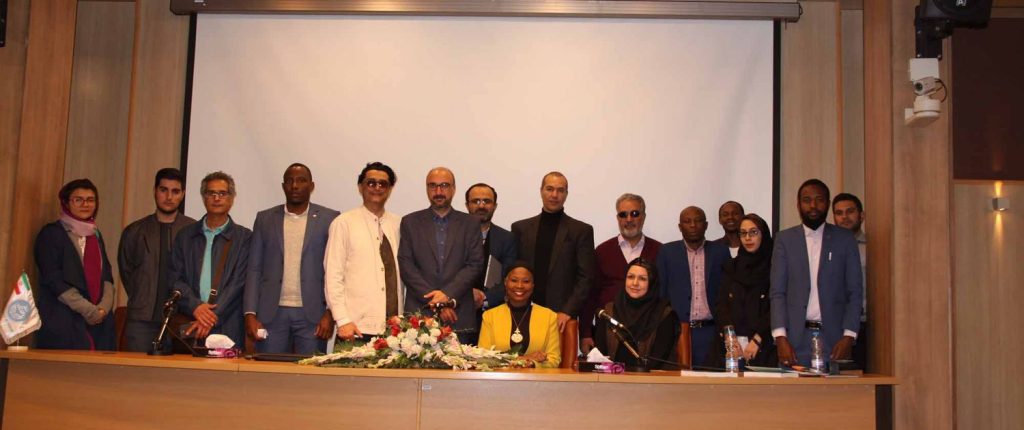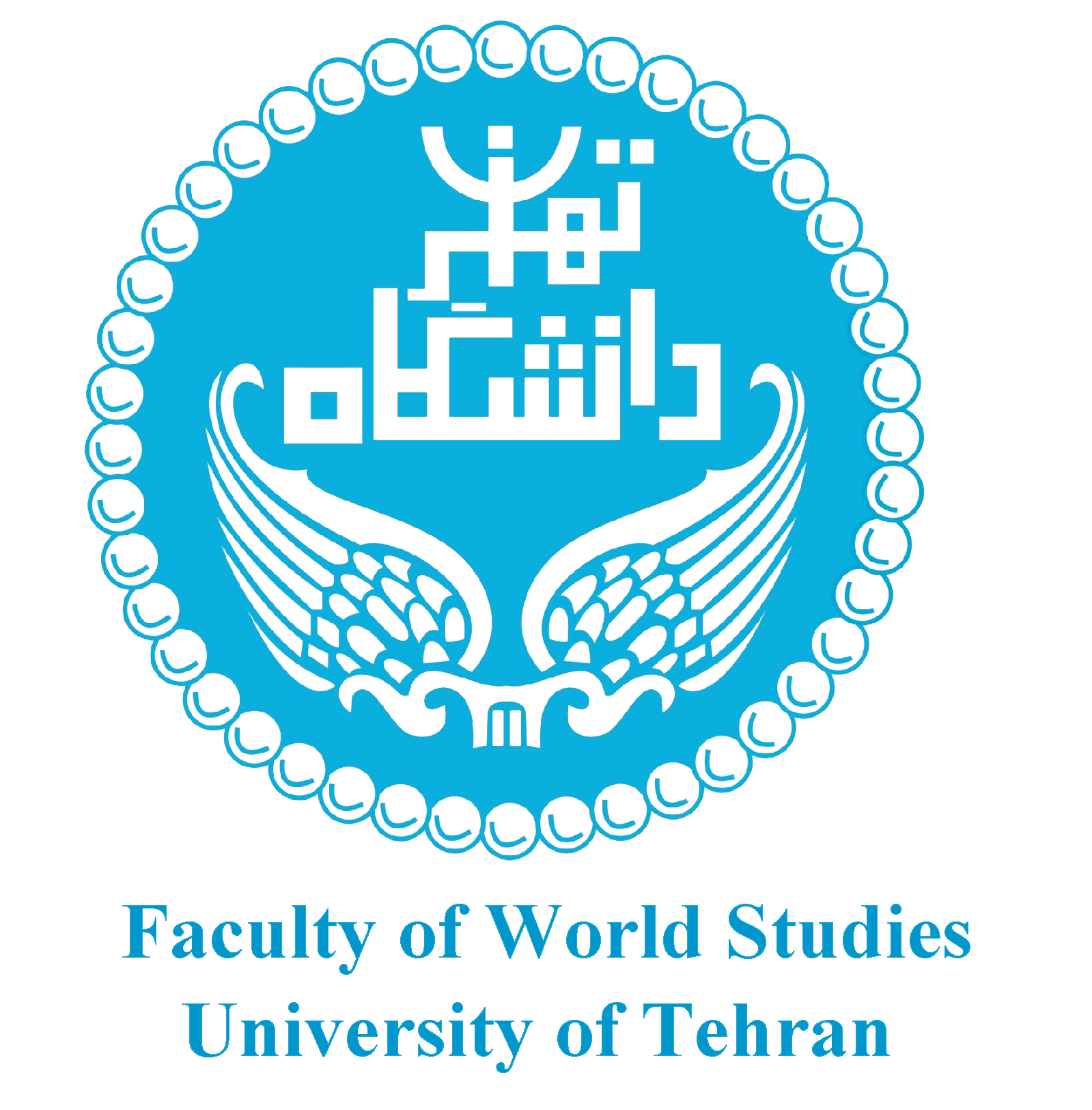مطالعات آفریقا - دانشکده مطالعات جهان fws

African Studies
According to the United Nations geographical classification, the Southern Africa region includes five countries: South Africa, Botswana, Eswatini (Swaziland), Lesotho, and Namibia. However, in some political and natural classifications, Zimbabwe, Mauritius, Zambia, Malawi, Angola, and Mozambique are also considered part of this region. Considering all these countries, Southern Africa borders Tanzania and the Democratic Republic of Congo to the north, and is surrounded by the Indian and Atlantic Oceans to the east, west, and south.
The population of Southern Africa is approximately 133 million, primarily composed of Black people—mostly from the large Bantu ethnic group—and White people, who mainly reside in South Africa and Namibia. The total area of Southern Africa is about 5,988,088 square kilometers, much of which is made up of highlands, forests, and deserts. Approximately 90% of the population in Southern Africa follows Christianity, while Muslims make up about 5%, and followers of indigenous religions about another 5%. The population growth rate in Southern Africa is around 1%, which is relatively low compared to other African regions.
The official language of most Southern African countries (aside from indigenous languages) is English. Angola and Mozambique, which were Portuguese colonies for many years, speak Portuguese alongside their local languages. Politically and geographically—especially due to their proximity to the Atlantic and Indian Oceans—Southern Africa is considered a sensitive and strategic area of the world. The presence of abundant natural resources such as oil, uranium, diamonds, and gold has made these countries targets of ruthless colonial exploitation by powers such as Britain, Germany, and Portugal from the late 19th century until the 1960s and 1970s.
Furthermore, the civil wars that plagued Zimbabwe, Mozambique, and Angola during the 1970s, 1980s, and 1990s caused severe damage to the economic structures of these countries as well as their neighbors.
Except for South Africa, most Southern African countries face challenging economic conditions. For example, Angola and Mozambique were among the poorest countries in the world for many years due to prolonged civil wars in the 1980s and 1990s. Although their economies have somewhat improved recently, they are still classified as developing countries. Widespread poverty combined with heavy debts to industrialized nations and organizations such as the International Monetary Fund (IMF) and the World Bank remains a major economic challenge for Southern Africa.
Southern Africa also faces shortcomings in healthcare facilities and literacy rates, with South Africa being the only country in the region that meets global standards in education and healthcare. The most important country in Southern Africa is South Africa, located at the southernmost tip of the continent.
South Africa officially came under the control of white settlers from the Netherlands and England in the early 18th century. Their dominance continued until 1994, when the anti-apartheid movement led to the rise of a democratic government representing the black majority. During white minority rule, South Africa’s economy was dynamic but heavily skewed in favor of the white minority. Following the end of apartheid and the establishment of a democratic black-led government in 1994, new economic policies were planned to achieve sustainable growth and address socioeconomic inequalities.
South Africa’s formal economy is based on mining, manufacturing, services, and advanced agriculture. The government is committed to a free market economy, privatization, and creating favorable investment conditions. As an active member of the World Trade Organization (WTO), South Africa has reduced import tariffs. In terms of health and cultural standards, South Africa is comparable to developed countries.
